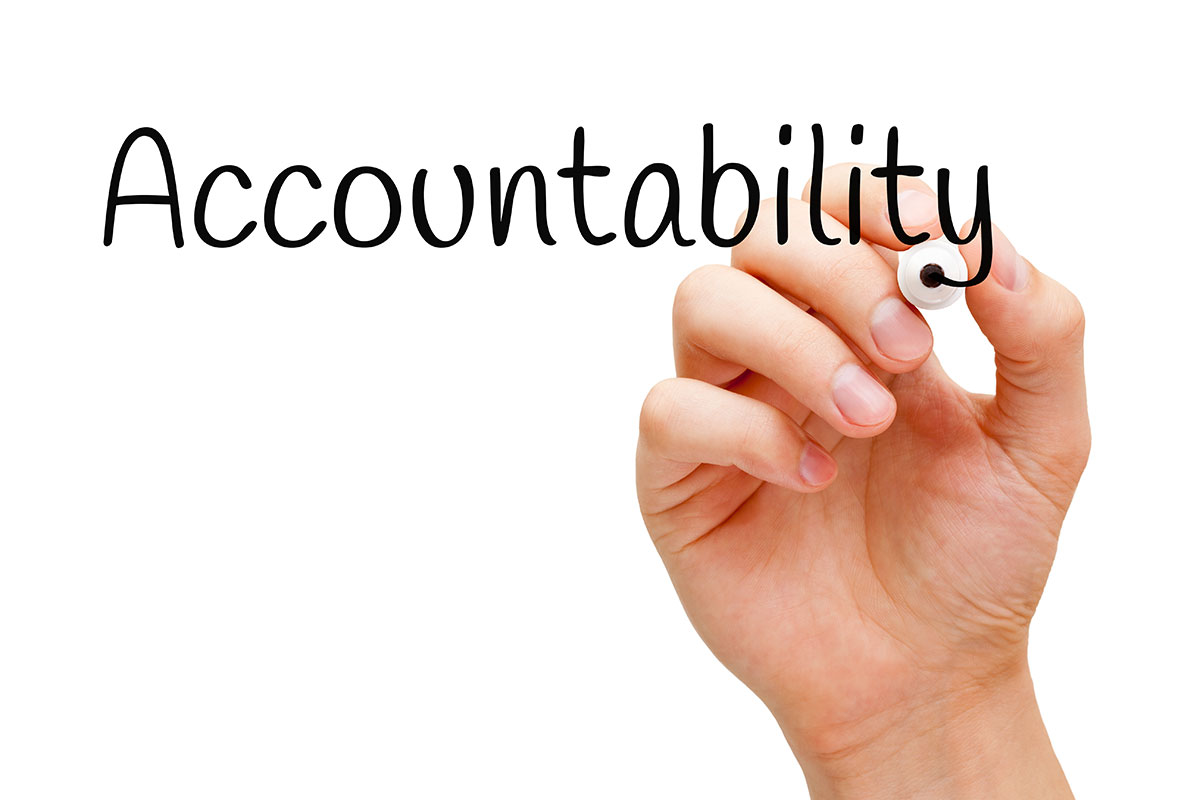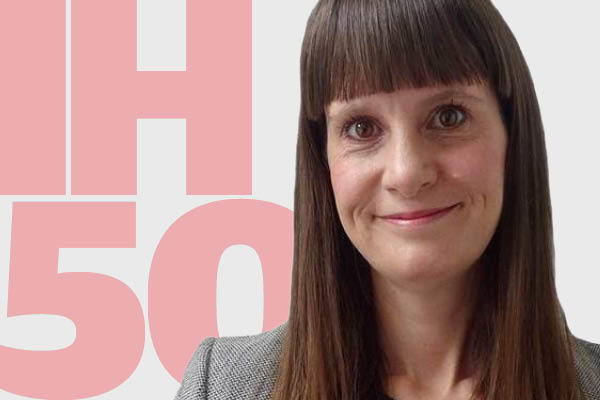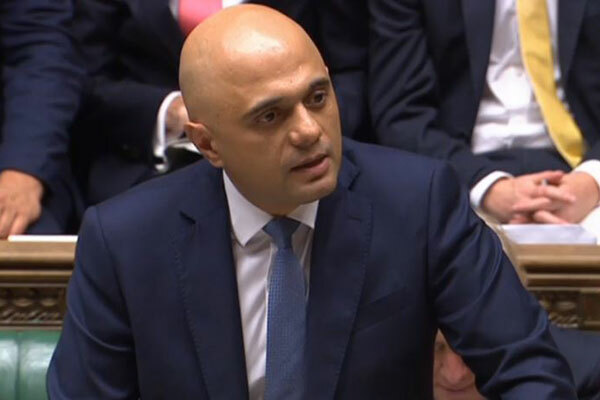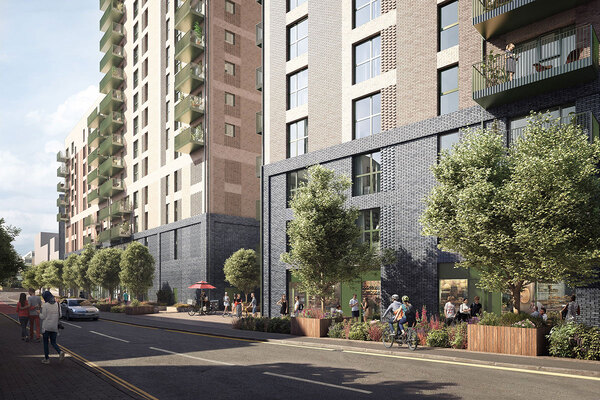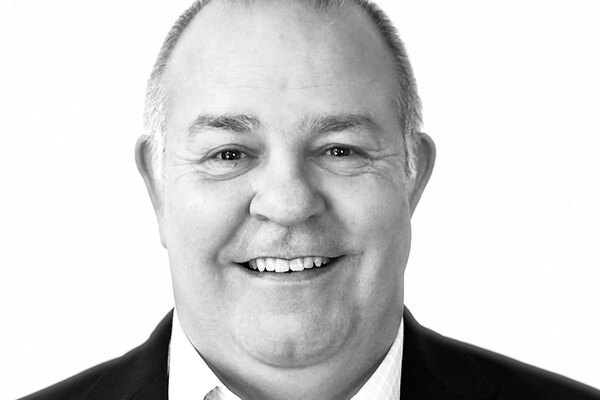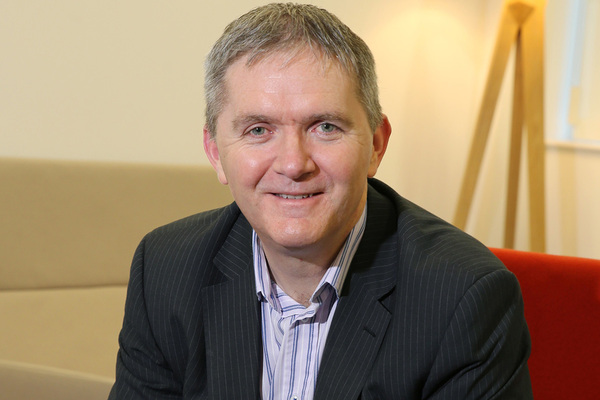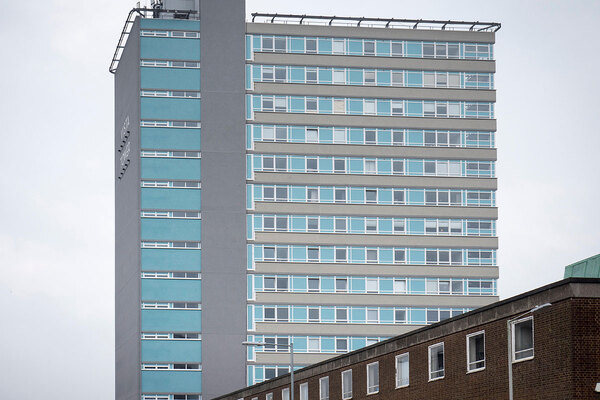You are viewing 1 of your 1 free articles
How social landlords could solve their trust problem
Social landlords have indicated that a lack of trust in the sector is a problem that needs addressing. But what is trust? Martin Hilditch finds out how one association is working with tenants to define the concept and drive change. Illustration by The Project Twins
Everyone knows that social landlords have a problem with trust.
While painful to hear, this should be an uncontroversial statement, because over the past few years the problem has been repeatedly diagnosed – often by the sector itself.
A national conversation with tenants in 2017/18, after the Grenfell fire, prompted the 2018 Social Housing Green Paper to declare there was a need to “rebalance the relationship between landlords and residents”.
A London Assembly report said feedback from residents revealed that a lack of transparency and accountability was contributing to “a loss of trust”.
In its response to the green paper, PlaceShapers said its members were “very concerned that there are some residents who don’t feel they trust their landlord” which echoed “a declining public trust in institutions such as politics, media and business”.
Earlier this year in a parliamentary debate, Baroness Warwick, chair of the National Housing Federation (NHF), stated that the Grenfell Tower tragedy “revealed the urgent need to rebuild trust between landlords and residents”. This echoed the words of NHF chief executive Kate Henderson in 2019, when she said that rebuilding “trust between people and institutions” is “one of the most pressing challenges facing the country”.
This month’s Social Housing White Paper added that “the failure of some landlords to share information in a clear, consistent way” can “undermine the tenant’s trust in what their landlord is saying”.
Diagnosis is, of course, the easy part. Attempting to address the issue is much trickier. For starters, while many people agree there is a problem, trust is a nebulous concept. The chances are that everyone who has read this far (and who agrees with the opening statement) has a slightly different take on what is up.
Is it possible to clear the fog? Over the course of 2020, Network Homes has been looking to do just that.
Inside Housing met up with tenants and staff from the 20,000-home landlord to find out how they have been working together to define ‘trust’ and how they think it should be measured – and, crucially, what action Network is proposing to take as a result.
“My opinion of Network has changed because I know more about the people and the teams. I could put my husband next to me and he would say the complete opposite to me. In one household you would get two completely different opinions”
It is certainly an issue that Network is taking seriously. In January, the association’s board agreed that “strengthening residents’ trust in us” should be one of Network’s main strategic objectives. A report that went to that board meeting said that “one of the key messages from residents [from a survey it conducted into trust] is that we need to build greater trust with them”.
In order to do this, Network’s resident engagement team proposed to work collaboratively with residents to develop a methodology for objectively measuring trust. “Once established, this will give us an initial score and our improvement against it will be measured on an ongoing and annual basis,” the report adds.
In May, Inside Housing sat in on one of the virtual meetings Network held with members of its residents’ panels, in an attempt to chisel out a measure for trust.
One of the most debated areas is the extent to which a measurement of trust should be about operational measures, such as whether repairs are carried out quickly and effectively, or more broadly, ie how residents feel about the organisation.
Francis Haydon, chair of Network’s London local panel, says it is important that any measure is not just transactional – picking up on issues the landlord already measures. “I think it is important that this measure is a step up from the transactional feedback process,” he states. “I don’t think this should be, ‘You’ve just had a repair – do you trust us?’ It should be a general, state of the nation sort of measure.”
Philip Lyon, chair of the Hertford local panel, says most people can instinctively make “a snap judgement if you are given the name of an organisation that you have dealt with” about the extent to which you trust them. He says Ocado is one organisation that he personally trusts because “their deliveries are always on time and if there is a problem they are always really prompt with fixing it”.
As he mentions, however, it is his interactions with Ocado that have helped build trust. There is also a broad agreement that it is important for some transactional data to feed into an overall trust score as well as a simple measurement of sentiment.
“It’s a combination of things,” Mr Lyon adds. “If we get good scores on those other [transactional] measures, we can safety say, ‘we are trusted’.”
Zoe Hebdon, a fellow member of the Hertford local panel, points out that whatever measure Network comes up with, the key to success is going to be effective communication with residents and greater transparency over the way decisions are made.
“My opinion of Network has changed because I know more about the people and the teams,” she says of her experience on the residents’ panel. “I could put my husband next to me and he would say the complete opposite to me. In one household you would get two completely different opinions.”
Mr Haydon agrees. “Your experience of Network as an unengaged resident, as just a recipient of services, is very, very different from the privileged point of view that we now enjoy, having seen behind the scenes and met the people responsible for the planning strategy and understanding some of the difficulties that we grapple with as an organisation.
“Yes, certainly I think more of Network and trust them more than I did. How do we achieve that with more residents?”
He adds: “I think part of this is a communication piece of giving people the information and the context, so they know what is going on behind the scenes in the same way that we do.”
The meeting is just one of a series that Network has been holding with residents over a number of months to tease out what trust means to them and how an organisation might best set out measuring it.
So, what was the end result? The long and short of it is that Network has proposed a system to measure trust.
The measure takes into account residents’ emotional responses and Network’s reliability under three main indicators: repairs, calls answered and the proportion of complaints dealt with on time. A total trust score will be pulled together, with 50% made up of residents’ views about how much they trust the association and 50% based on the operational indicators (see diagram above).
To work out the former, residents are set to be surveyed with the question: “How far do you agree with the following statement: I trust and have confidence in my landlord?” Network is proposing to survey 1,200 residents each year, using a mix of channels, with the aim being to arrive at a representative sample of different age groups, geographic areas and frequency of interaction with the landlord.
Maria Moriarty, head of resident engagement and customer insight at Network, states the objective from the outset was that the trust indicator should be “resident-led”. This month it will be contacting residents to ask them whether or not they trust the association. The results will establish a baseline for trust – and that is when the hard work starts, with Network setting itself ambitious improvement targets. “What we have said is we will aim to increase from the baseline by 10% a year,” Ms Moriarty adds. “That is quite ambitious.”
Another thing that everyone knows is that the Social Housing White Paper will increase the focus on the relationship between social landlords and tenants and residents. Network is looking to make a head start. Landlords that are further behind in the journey should sit up and take note.

